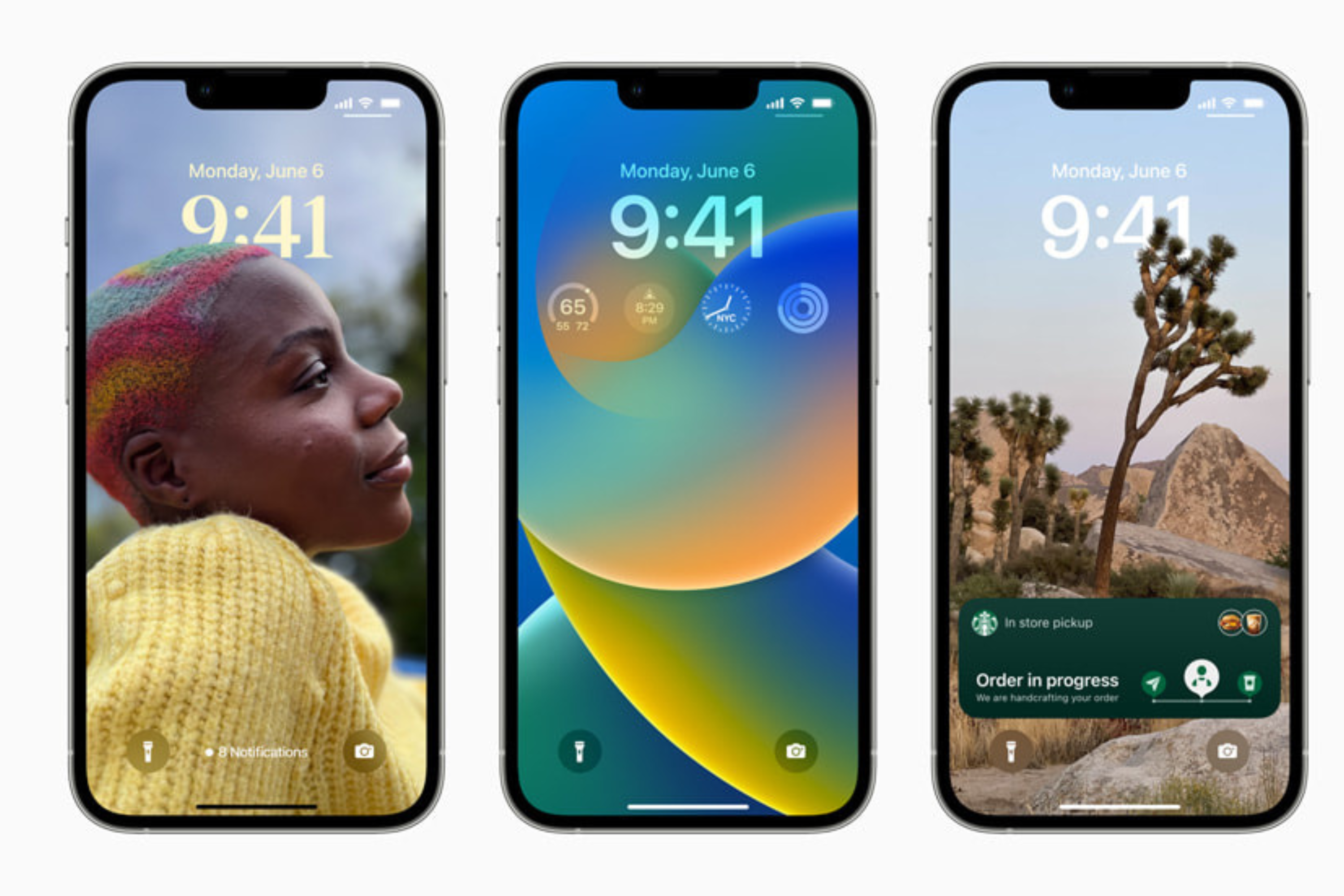Apple has rolled out iOS 18.1.1, an emergency software update for the iPhone that addresses critical security issues but, according to some users, left several bugs unresolved.
The latest update is critical for iPhone users as it fixes two serious flaws that have been actively exploited. Here’s everything we know about iOS 18.1.1, including user feedback and expert insights.
On November 19, Apple released iOS 18.1.1 to address two major security issues that could potentially allow attackers to take control of affected devices. According to Apple’s support page, the vulnerabilities affect the JavaScriptCore framework and the WebKit engine, which powers the Safari browser.
The first vulnerability, tracked as CVE-2024-44308, is in that framework. If exploited, it could execute arbitrary code when a user interacts with malicious web content.
Apple Inc.
The second flaw, CVE-2024-44309, affects WebKit and can lead to cross-site scripting attacks, exposing sensitive information such as cookies and session tokens.
Apple acknowledged that the vulnerabilities “may have been actively exploited on Intel-based Mac systems,” underscoring the urgency for users to update their devices immediately.
The US Cybersecurity and Infrastructure Security Agency (CISA) has issued an alert encouraging users and administrators to make the necessary updates immediately.
“CISA encourages users and administrators to read the following advisories and apply any necessary updates,” the statement said.
CISA’s alert mentions iOS 18.1.1 alongside other critical updates such as iPadOS 18.1.1, macOS Sequoia 15.1.1, and Safari 18.1.1, highlighting the widespread impact of the vulnerabilities across Apple’s ecosystem.
“Apple has released security updates to address vulnerabilities in multiple Apple products,” CISA said, adding that “a cyber threat actor could exploit some of these vulnerabilities to take control of an affected system.”
Security experts have emphasized the importance of the update. Sean Wright, head of application security at Featurespace, said the JavaScriptCore vulnerability could allow attackers to remotely execute code on devices.
“This code would hopefully be limited to existing sandbox protections, but it could allow attackers to redirect users to malicious sites and potentially steal session tokens,” he told Forbes.
Mixed reactions from iPhone users
While the update is critical for security, user reactions have been mixed. Some iPhone users were pleased with the bug fixes in the original iOS 16. One Reddit user said, “All I cared about was a bug fix for my iMessage stickers. And it got fixed, so it’s a sunny day today. “
However, others reported persistent issues and unaddressed bugs, including “the annoying media control bug after StandBy mode” and “oversaturated screenshots.”
On X, formerly Twitter, user frustrations were also evident. One user humorously commented on the redesigned Photos app: “I just updated to iOS 18 and whoever designed this new Photos app, I hope that 1. you never find a parking spot, 2. your food orders are always wrong are…”
Another user highlighted a bug affecting dark mode: “A bug has been noticed in iOS 18.1.1 – I have enabled dark mode but only some of my app icons are changing. I need to enable dark mode and disable it before it actually activates. Anyone affected by this issue?”
Additionally, some users have reported significant battery drain after installing iOS 18.1.1. according to The Daily Mail.
Experts suggest that battery drain after a major update is normal due to background processes such as battery indexing and recalibration. Adrian Kingsley-Hughes, a researcher at ZDNet, explained: “Installing a new operating system on an iPhone causes a lot of things to happen in the background… this can go on for hours or even days.”
While iOS 18.1.1 focuses on security fixes, users interested in new features may want to look forward to iOS 18.2. The iOS 18.2 public beta introduces features such as Apple Intelligence (AI) improvements, including Genmoji, a tool that lets users create custom emojis based on text descriptions.
Other additions in the beta include improvements to the Find My app, new email categories, and Visual Intelligence, Apple’s answer to Google Lens. However, these features are currently only available to developers and beta testers with specific iPhone models.





